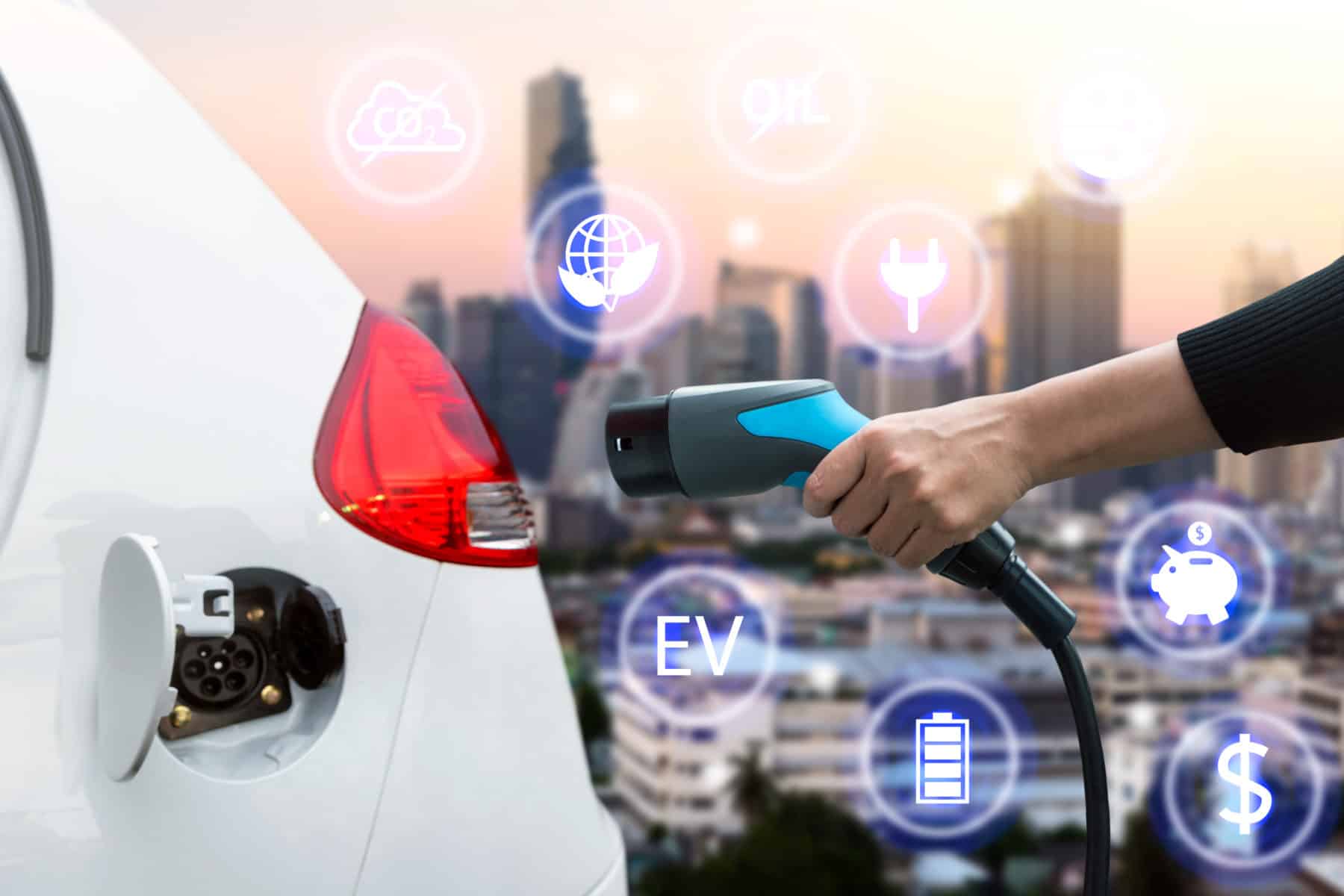Regardless of what type of business you’re in you always need to prepare for change. Electric vehicles are going to be a significant change that utility companies are going to have to deal with and this change has the potential to be both a great asset or a great liability. A new long-range battery electric vehicle (BEV) can consume up to 100 kW to fully charge, more than triple the average daily energy consumption of a household in the United States (28.5 kWh). EV adoption continues to increase, and if left unmanaged EV charging load can result in increased distribution costs as well as forcing utilities to replace existing infrastructure ahead of planned cycles. However, if EV charging is managed properly, that additional load can be an asset to the utility by shifting it to better align with overgeneration or renewable energy to maximize profitability and efficiency. When it comes to defining the value of additional load from EVs, it should be broken down into two components: What do I gain by managing this load and what will it cost me if I don’t?
…these long-range BEVs created a daily peak of over 72 kW, which could easily damage a residential transformer on its own.
How a long-range BEV can cause immediate infrastructural damage
BEVs have the potential to be very disruptive as they not only consume more electricity than Plug-in Hybrid vehicles, but they are also beginning to draw it faster. Unlike other EVs, which charge between 3.3-7.2 kW, Tesla models can draw more than double that amount of power from a level 2 charger. Using a Tesla Wall Connector home charging station you can draw up to 19.2 kW of power and although currently no single vehicle will accept that much power up to 4 Wall Connectors can be linked to the same breaker for situations where multiple vehicles need to be charged. By comparison this draw is significantly higher than a 1.5 ton central air conditioner, which uses roughly 5.3 kW on average. This combination of increased energy demand and the ability to charge at a higher power causes load curves to be different for long-range BEVs. During a load profile study FleetCarma compared the effects EV battery size had on load curves. The diagram below shows peak load curves for different groups of 5 vehicles based on battery capacity. Long-range BEVs (LR BEV) were defined as fully electric vehicles with a battery capacity of 50 kWh or greater which included of Teslas, and Chevrolet Bolts.
